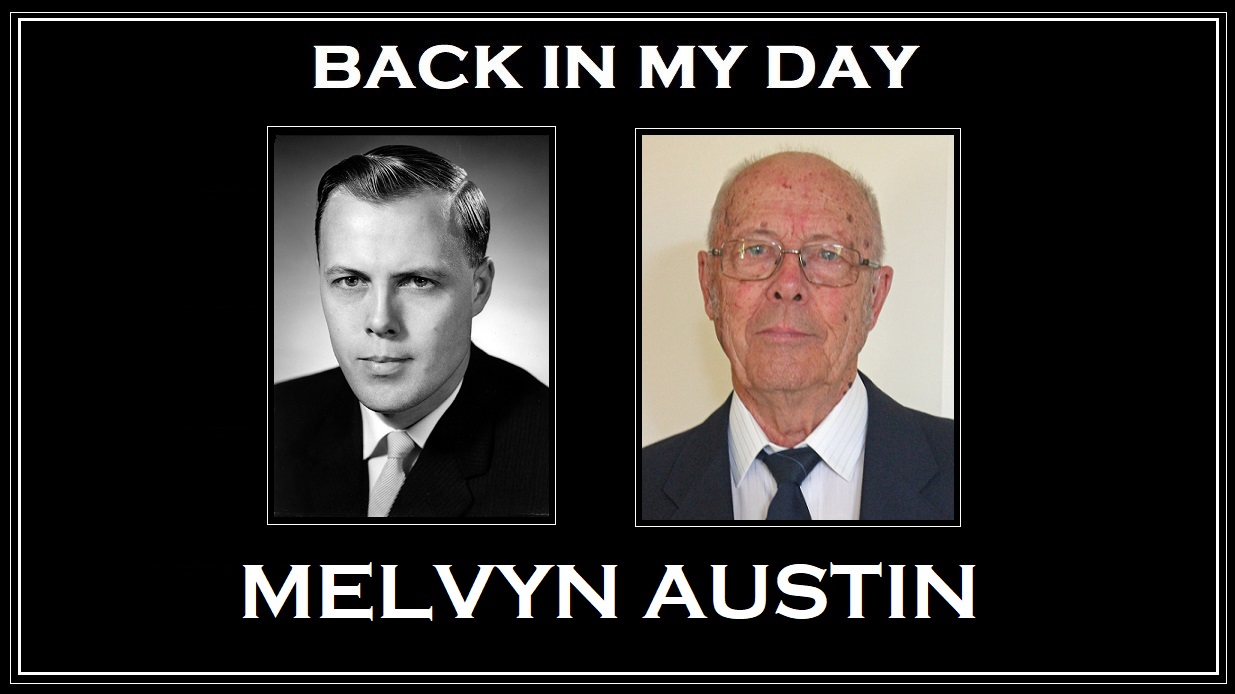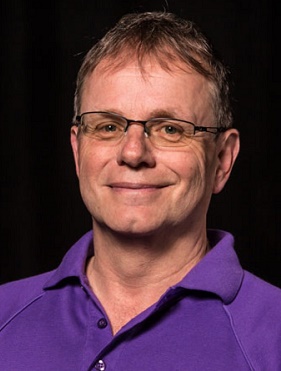‘Back in My Day’ is an Information Age series profiling some of our older ACS members and Information Age readers speaking about their early days in IT.
This week, we speak with Melvyn (Mel) Austin, aged 84, from Perth, Western Australia.
How did it all start for you?
Actually, it was at the age of just 16, straight out of school, when I joined the Life Insurance Office in Perth, which was then known as the AMP Society.
This was in 1954, long before digital computers, and during a time where you could sign up with a company as a young, inexperienced recruit and work your way to the top, as our CEO had done.
Was that the path you followed?
Not quite!
It was a company requirement that staff had to complete relevant qualifications by age 21 and be rotated through a range of different departments over a 10-year period to gain wide exposure to the diverse aspects of the financial sector.
What were some of the pre-computer technologies like?
While working in Life Insurance Renewals, we used an Addressograph machine to print labels for renewal notices, which relied on embossed metal address plates and an ink ribbon to do the printing.
The amounts for the premium notices were added up by human “computers”, using adding machines that created extremely long print rolls, from which the numbers were called out by clerical staff so that another person could check for errors in the process.
When I moved to the Investments Section, we had to manually calculate mortgage repayments for new loans and for a 30-year loan with monthly repayments, it was necessary to raise a number to the power of 360!
The only way to do this without computational power was to use logarithms (up to seven figures for accuracy).
What other processes did you use?
In the Calculations Department we were using Facit electric calculators for multiplication and division, and felt quite privileged to have these, while in other departments calculations were done using hand-cranked Odhner calculators.
I still have one of these!
We also used punched cards for some processes and in 1966 I was seconded to our Fire and General subsidiary to establish an accounting department in WA using a system based on punched cards.
It turned out to be a bit of a nightmare as seven punched cards were needed to store basic information for each policy.
All cards had to be retained for one year for balancing purposes and IBM Ledger machines were used for maintaining accounting records.
How was the upgrade from these methods to digital computers?
Amazing!
It happened for me in 1980, after more than two decades with the AMP Society, when I was appointed Branch Data Processing Officer (Department Head) for the WA spoke of AMP’s Australia-wide network, headquartered in Sydney.
I’d always been fascinated by computers and had obtained an A+ score on the IBM Aptitude Test for Computing Personnel, so this was a wonderful opportunity, which I celebrated by joining ACS (and still have my original member’s certificate).
Can you tell us about the equipment being used?
The mainframe in Sydney HQ was a UNIVAC machine, while in the branches we had DEC PDP-11/40 minicomputers, to which VDUs were linked in a daisy-chain arrangement.
Connected to each DEC mini was a huge hard drive, with a disk bigger than an LP record, and when one of these suffered a head crash we put the gouged disk up on the wall along with an amusing “eleventh commandment” cartoon saying: “Thou shalt make back-ups”.
Also connected to the DEC was an NCR cash register which recorded the day’s receipts on a cassette tape that looked like an audio cassette.
The DEC was housed in its own computer room, which was so exciting at the time that people would often come to gaze through the windows and be mesmerised by the flashing lights and spinning tape drives.
At the end of each day, all the data was uploaded to the UNIVAC in Sydney HQ via a dedicated phone line for overnight batch processing, with backups being made on the DEC’s tape drive.
Printing, back then, was done on continuous folded paper with punched holes down each side to feed it through the printer.
What was the diversity of the IT workforce like back then?
The IT staff in Perth consisted of 2 men and 3 women and at that time women had to leave if they became married.
Later, a female executive was appointed in Sydney to focus on diversity issues and when she visited one department in Perth, which consisted mainly of female staff, she asked: “Do you have any problems between the sexes in your department?”
“Definitely!” replied the department head.
“What do you mean?” asked the concerned-looking executive.
“The girls just won't leave the boys alone,” replied the department head.
Getting back to the technology of the time, how did things move on from the UNIVAC and DEC days?
All of this equipment was replaced by an IBM network, using a controller instead of the DEC mini and it became my responsibility to dispose of the PDP-11/40.
Fortunately, I was able to sell it to a hospital through a friend who was a medical physicist.
We were also able to upgrade from the huge paper-feed dot matrix printers into laser printing.
Then MS-DOS PCs arrived, which used floppy disks, and hard drives that had to be formatted before use.
The PCs enabled us to create our own menus with batch files and we installed software that allowed them to function as either standalone machines or as dumb terminals for the mainframe.
How did your career finish up?
In 1990 I was promoted to the executive as Manager of Accounting and Administrative Services, which still included responsibility for data processing in WA, and from there I eventually took early retirement after 40 years of service.
What have you been doing since leaving work?
I’ve always retained my interest in computers and taught myself HTML so I could set up websites for clubs I belonged to, including my local Probus Club, whose website I manage.
I’m also highly committed to ongoing learning and reading books about technology; I still have one containing binary arithmetic and machine language programming instructions.
Actually, at the age of 84 I find I’m still learning one new thing every day (but forget two).
IT has been a great career for me and, along with ACS membership, I’d recommend it to anyone, especially in cyber security following the tragic breaches suffered by Optus and Medibank Private customers.










